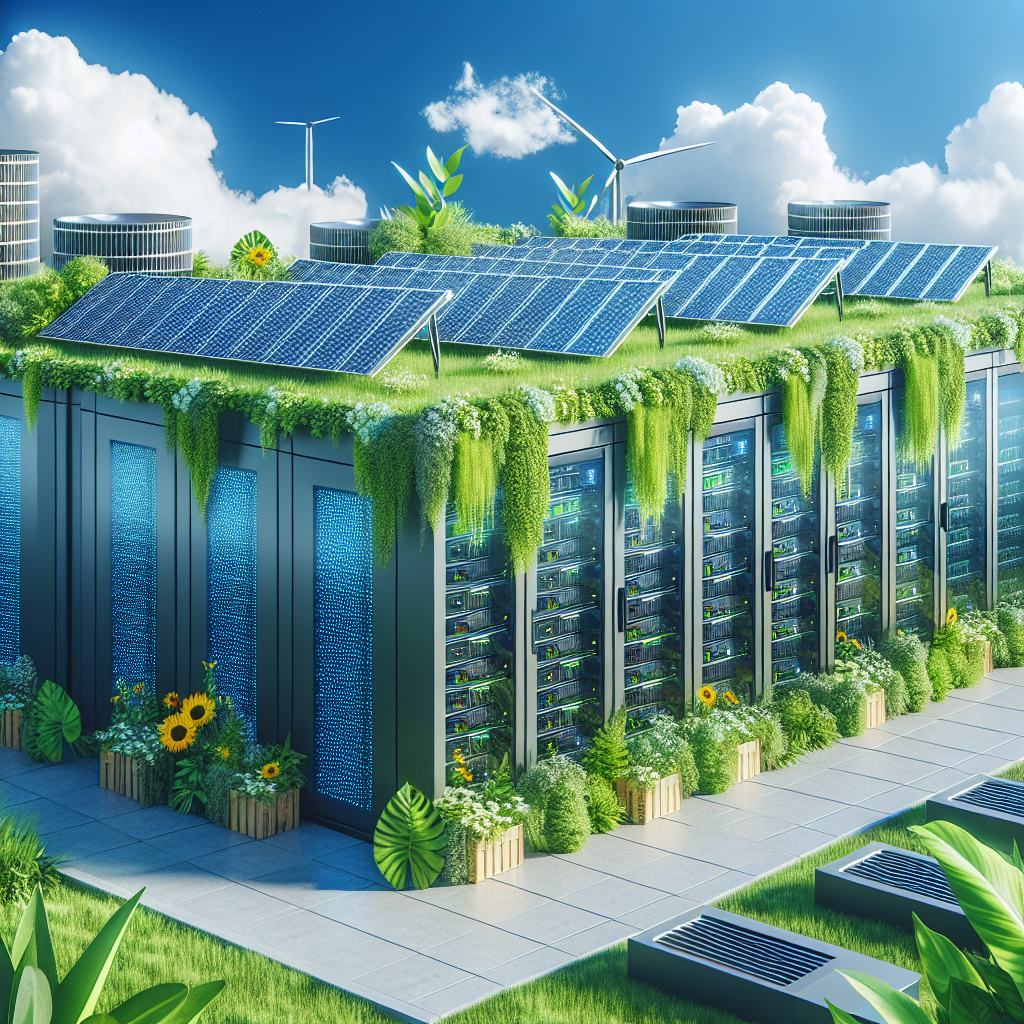In today’s digital age, data centers play a crucial role in supporting the ever-growing demand for data storage and processing. With the increasing awareness of environmental issues and the need for sustainable practices, building a sustainable data center has become a top priority for many organizations.
Sustainable data centers are designed to minimize their environmental impact by reducing energy consumption, water usage, and waste generation. By implementing best practices and utilizing innovative technologies, organizations can not only reduce their carbon footprint but also improve their operational efficiency and save costs in the long run.
One of the key best practices in building a sustainable data center is to optimize energy efficiency. This can be achieved through the use of energy-efficient IT equipment, such as servers and cooling systems, as well as implementing virtualization and consolidation strategies to reduce the overall energy consumption. By utilizing renewable energy sources, such as solar or wind power, organizations can further reduce their reliance on fossil fuels and lower their carbon emissions.
Another important aspect of sustainability in data centers is water management. Data centers require a significant amount of water for cooling purposes, and it is important to implement water-saving technologies, such as water recycling and rainwater harvesting, to reduce water usage and minimize impact on local water resources.
In addition to energy and water conservation, waste management is also a key factor in building a sustainable data center. Organizations can implement recycling programs for electronic waste and other materials, as well as proper disposal practices for hazardous materials to minimize environmental impact.
Case studies have shown that organizations that have implemented sustainable practices in their data centers have achieved significant cost savings and environmental benefits. For example, Google has committed to achieving 100% renewable energy for its data centers and has already made significant progress in this area. By investing in renewable energy projects and improving energy efficiency, Google has not only reduced its carbon footprint but also saved millions of dollars in energy costs.
Similarly, Facebook has implemented water-saving technologies in its data centers, such as water recycling systems and cooling technologies, to reduce water usage and minimize impact on local water resources. By implementing these sustainable practices, Facebook has not only reduced its environmental impact but also improved its operational efficiency and saved costs.
In conclusion, building a sustainable data center is not only beneficial for the environment but also for the bottom line. By implementing best practices and learning from successful case studies, organizations can reduce their carbon footprint, improve operational efficiency, and save costs in the long run. As the demand for data storage and processing continues to grow, it is essential for organizations to prioritize sustainability in their data center operations.


Leave a Reply